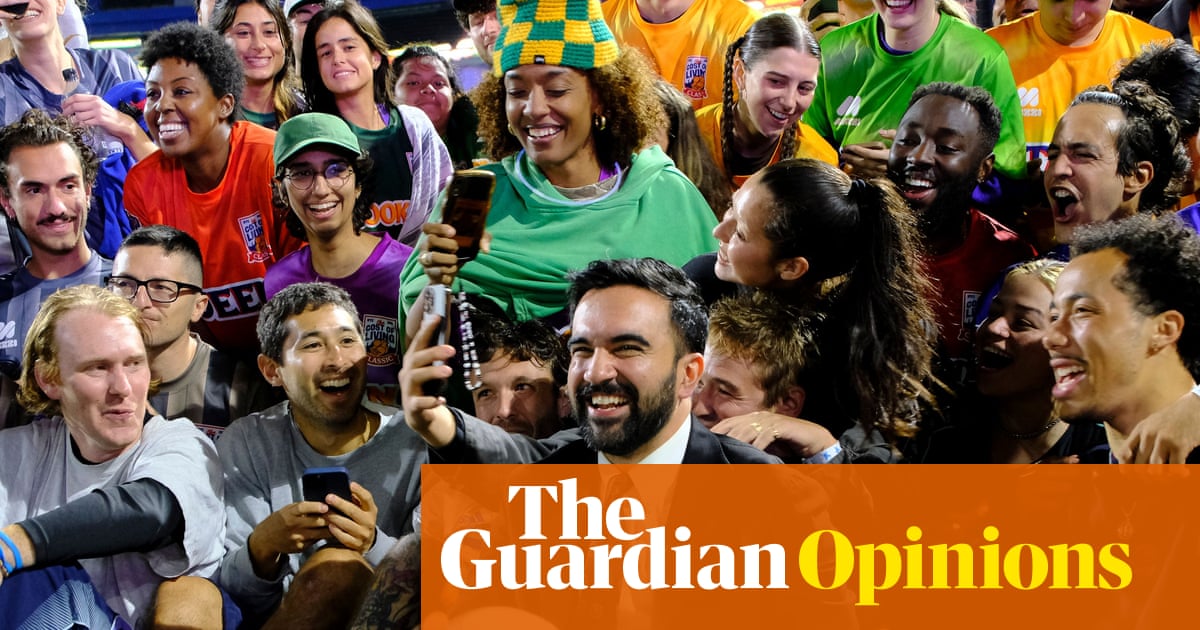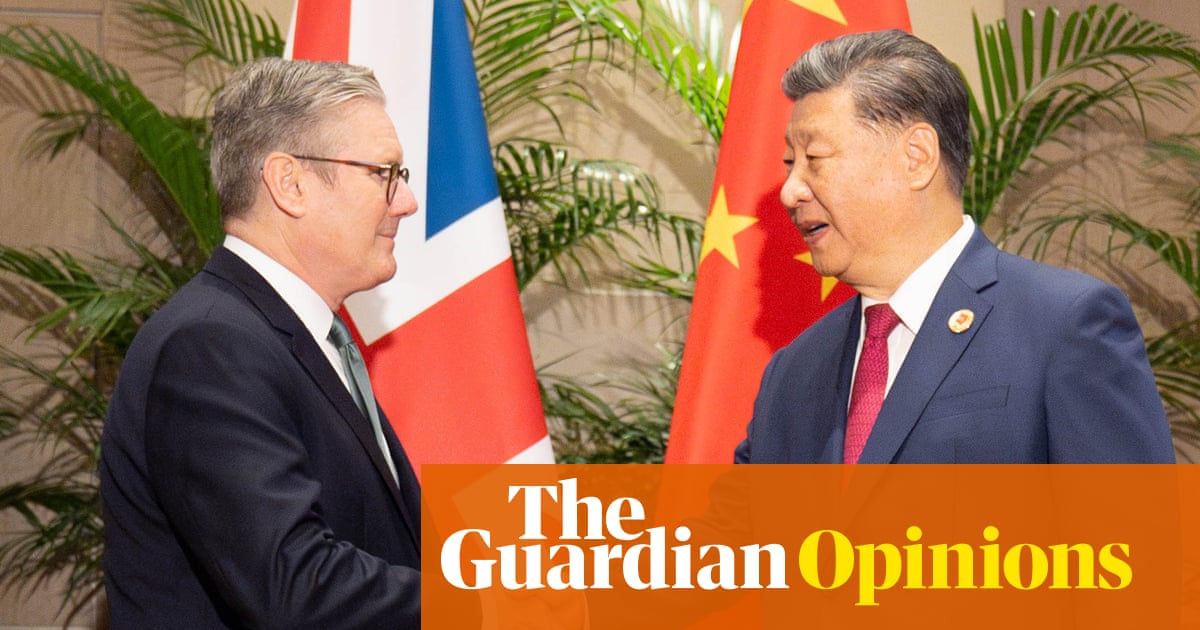What was it supposed to look like? Amid all the talk around Liverpool and their disappointing form at the start of this season, that is perhaps the hardest question of all to answer. What were they trying to do? If it had worked, how would this team have played?
The champions spent £424m (about $550m) on new signings in the summer, but if all had gone well, they would have spent an additional £40m ($53m) to land Crystal Palace centre-back Marc Guéhi. The England international would, at the very least, have given an extra option at the back (the injury to Giovanni Leoni has diminished their defensive options further), allowing Arne Slot to rest Ibrahima Konaté, whose poor form continued in the 3-0 defeat to Manchester City on Sunday. An early City penalty was a direct result of Konaté getting in Conor Bradley’s way as Jérémy Doku cut in from the left.
But Konaté’s partnership with Virgil van Dijk is proven. In past seasons, it has been far better than this. While neither central defender is playing well, Liverpool’s baffling openness this season has been less about individual form than structure – and that’s despite, in recent weeks, returning to last season’s midfield.
Against Aston Villa last weekend, Slot selected an XI consisting of 10 players who were at the club last season, plus Hugo Ekitike. On Tuesday, against Real Madrid, there was one further change with Florian Wirtz replacing Cody Gakpo. Liverpool won both of those games, but neither Villa nor Madrid tested their obvious vulnerability to direct balls played behind the full-backs. Going back to basics, trying to make the transition to something new and more incremental, may not quite have been an admission of hundreds of millions wasted in the summer, but it probably was an acknowledgment that there had been an attempt to change too much too quickly.
Soccer teams are delicate organisms. Even on a purely tactical level, without considering the infinite complexities of psychology, changing one element of a lineup has an impact not merely on the other 10 elements, but on the coalitions between them. Take out Trent Alexander-Arnold, for instance, and Liverpool no longer have a player at right-back who naturally inverts to become an auxiliary holding midfielder alongside Ryan Gravenberch, shielding the centre of defense while liberating central midfielders Alexis Mac Allister and Dominik Szoboszlai, while also being capable both of sweeping long passes to switch play and accurate quick balls forward to release Mohamed Salah.
Slot had become convinced by the end of last season that opponents had worked Liverpool out, to an extent a consequence of the club’s limited transfer activity last summer. There was, anyway, always going to be a moment when this became discernibly his side rather than Jürgen Klopp’s. To that extent, significant change was inevitable and necessary. But what was the intention? If all had gone well, how should this side have looked?
Liverpool signed two centre-forwards for a combined fee of £210m ($276m). Perhaps the plan was always to play only one of Alexander Isak and Ekitiké, to keep them fresh, to have one always ready to come off the bench, much as West Brom once did with Romelu Lukaku and Shane Long. But given their cost, that’s an extraordinarily privileged position to be in, even if either could theoretically operate wide in extremis and so provide additional squad depth.
But where was Wirtz, who cost £100m ($131m) plus add-ons, supposed to fit? He was seemingly promised he would play centrally, which helped persuade him to move from Bayer Leverkusen to Anfield rather than to Bayern. At the start of the season, Slot’s preference appeared to be for Wirtz as a central creator in a 4-2-3-1. But that, it turned out, left Liverpool hopelessly open at the back – something apparent even as they won their first five games of the season.
Wirtz may adapt but, for now, he is struggling with the physicality of the Premier League. It’s very hard to see how he and Salah, for whose lack of natural defensive capacity Liverpool have always had to compensate, can play in the same side without risking the midfield being overwhelmed – at least not in the Premier League; Madrid simply did not provide the same physical challenge.
after newsletter promotion
In fact, it may be that no more than two of Isak, Ekitiké, Wirtz, and Salah can play together. Even if the summer were part of the transition to a post-Salah future, it’s very hard to understand what the plan was, unless Liverpool always had in mind some sort of 4-3-1-2, with Wirtz to play behind Alexander Isak and Ekitiké, with width provided from full-back, which would at least help to explain why they signed Milos Kerkez and Frimpong. In a world of direct play and long throws, perhaps a front two is the next part of English soccer’s 1980s revival.
But for now, Liverpool stand as a cautionary tale of how you can take a very good team, throw money at it, and make everything much worse.
-
This is an extract from Soccer with Jonathan Wilson, a weekly look from the Guardian US at the game in Europe and beyond. Subscribe for free here. Have a question for Jonathan? Email [email protected], and he’ll answer the best in a future edition.

 2 weeks ago
21
2 weeks ago
21

















































